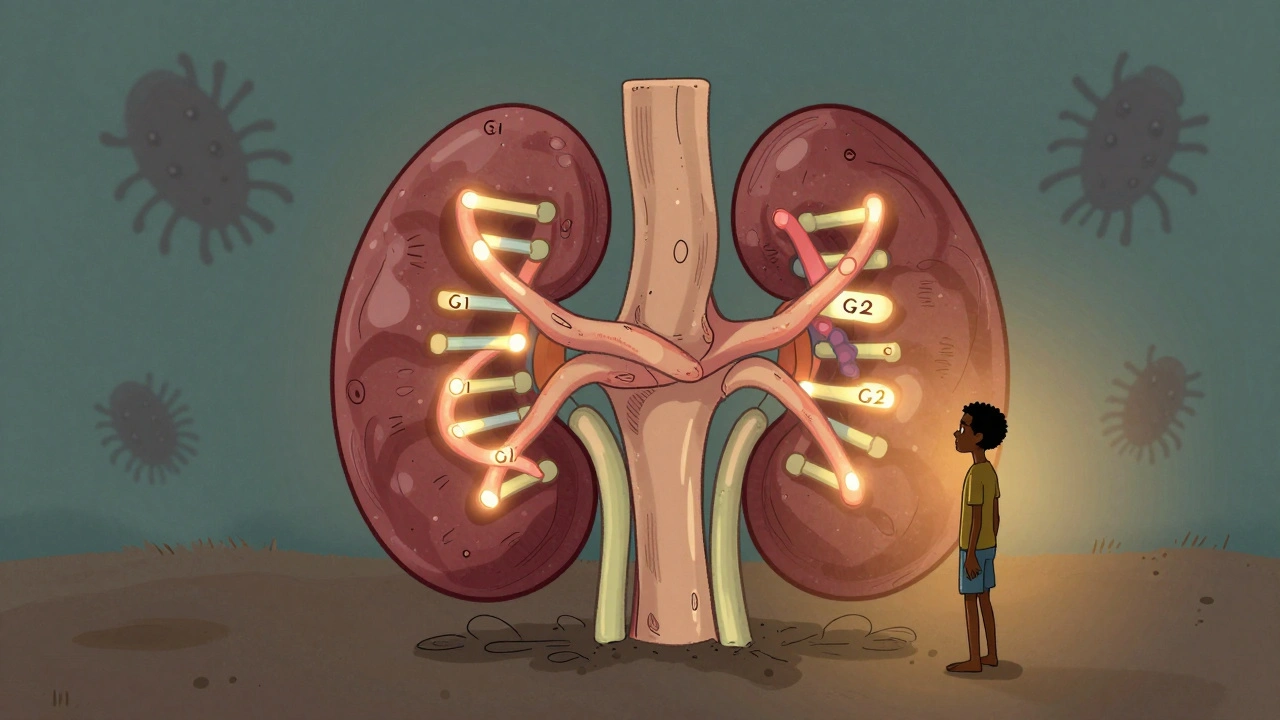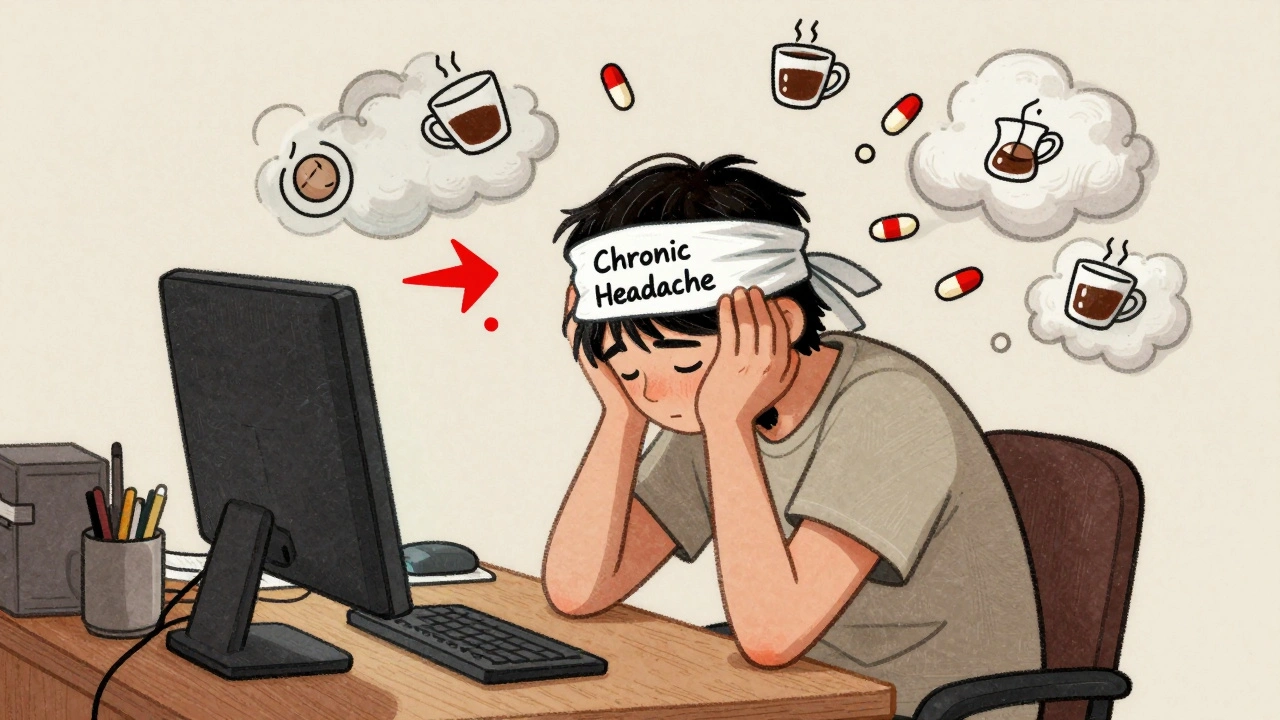atrial fibrillation drugs
When it comes to managing irregular heartbeats, atrial fibrillation drugs, medications prescribed to control rhythm, control rate, and prevent clot‑related strokes in patients with atrial fibrillation. Also known as AF meds, they form the backbone of modern cardiac care. One of the most critical groups within this space is anticoagulants, drugs that thin the blood to reduce the risk of stroke caused by clots forming in the atria. Another cornerstone is beta‑blockers, agents that slow heart rate and lower blood pressure, helping to keep the rhythm stable. Together, these medicines enable doctors to balance safety and symptom relief for millions of people living with AF.
Key drug categories and how they work
The therapeutic landscape splits mainly into two strategies: rate control and rhythm control. Rate‑control drugs such as beta‑blockers and calcium channel blockers, medications that relax the heart’s muscle cells and slow electrical conduction keep the ventricular response in check, reducing palpitations and fatigue. Antiarrhythmic drugs, agents like flecainide or amiodarone that aim to restore normal sinus rhythm belong to the rhythm‑control camp, attempting to convert the chaotic atrial activity back to a regular beat. Meanwhile, anticoagulants—warfarin, dabigatran, rivaroxaban, and apixaban—are prescribed regardless of whether the focus is rate or rhythm because the risk of stroke stays high as long as the atria fibrillate. The interplay between these categories forms a three‑part equation: (1) prevent clots, (2) manage heart rate, (3) restore rhythm when possible.
Choosing the right combo hinges on patient age, kidney function, bleeding risk, and symptom burden. For example, older adults with high bleed risk might stay on a reduced‑dose direct oral anticoagulant and a gentle beta‑blocker, while younger, active patients could tolerate a more aggressive antiarrhythmic approach. Monitoring is vital: INR checks for warfarin, renal labs for dabigatran, and periodic ECGs for rhythm drugs. Education matters too—patients need to know why they take each pill, how to spot warning signs like unusual bruising or rapid heartbeats, and when to call their clinician.
Below you’ll find a curated set of articles that dive deeper into medication safety, dosing tips, side‑effect management, and lifestyle tweaks that complement atrial fibrillation drugs. Whether you’re a patient starting therapy, a caregiver looking for clear explanations, or a health professional seeking quick reference points, the collection offers practical insights you can act on right away.

Lanoxin vs Other Heart Medications: Digoxin Comparison Guide
Explore how Lanoxin (digoxin) stacks up against beta‑blockers, ACE inhibitors, calcium‑channel blockers, and newer heart‑failure drugs. Get clear criteria, safety tips, and a handy comparison table.





